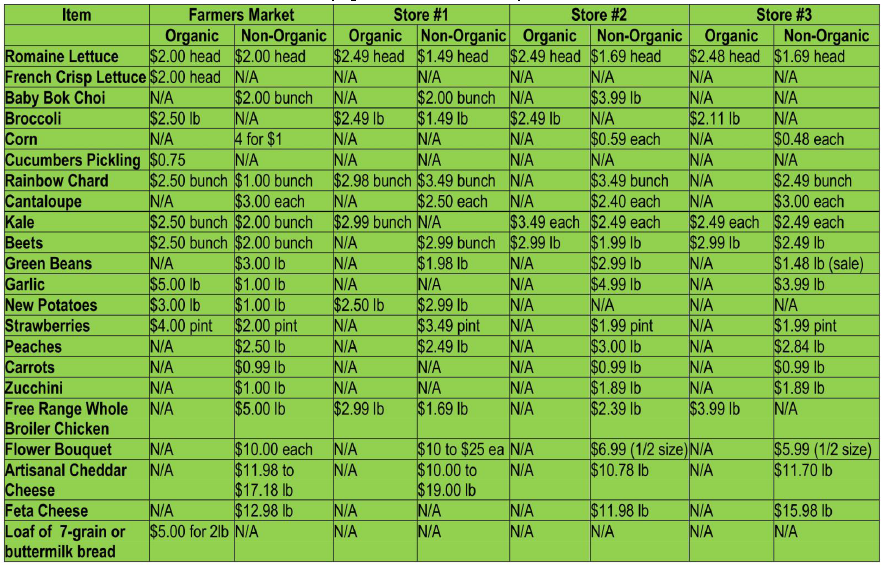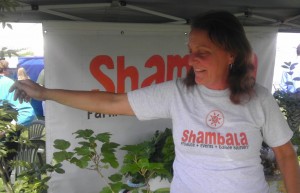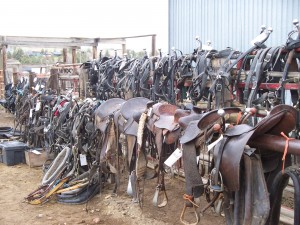One of the assumptions made about farmers markets is that the prices are higher than normal. I usually find that what I purchase is fairly comparable to what I would buy in the store, but that’s merely anecdotal. Let’s take a look at how our market’s prices compare to the current prices at the stores in town:
At our Port Susan Farmers Market, meat is more, cheese is comparable to the gourmet and organic varieties, produce is somewhat less expensive and flowers are considerably less expensive considering the size of the bouquet. If prices are similar to our local stores, why do we need Farmers Markets? Why should we patronize them? What good do they do for the community? Why are they important?
(Wow. That was a lot of questions.)
Most of us know that price isn’t everything. You want something good for the money you spend. Our local stores provide a valuable service. The give us food and many of the other items we need every day, any time we need them. (Where else are you going to get an emergency bottle of nail polish at midnight?) They also provide us with items we can’t grow here, such as oranges and bananas.
However, there’s a great deal of value in locally grown, hand raised food, produced by our neighbors. Farmers markets provide several intangibles that you just can’t get anywhere else.
First, the closer you move food from harvest to table, the healthier it is. Much of the produce at the farmers market is harvested that morning. You’re getting the maximum amount of vitamins and minerals because the produce is not a week or two old. Charlene Byde from Freshly Doug Vegetables says, “Doug and I both feel that a Farmer’s Market provides the freshness factor. The fresher the produce, the better it tastes; the better it tastes, the more likely it will be eaten. There is nothing tastier than a cucumber or tomato that’s been ripened on the vine and brought to market that same day! A real taste treat!”
Second, the better you raise food, the more nutritious it is. This has been proven in a number of studies. I recently discovered an article from the Atlantic magazine that referenced three 2012 studies. It concluded that the way we conventionally raise chicken in the United States contributes to a sizable increase in internal infections in people. It also said that these infections have become more antibiotic resistant in the last three years. Free range chickens raised without routine dosing of antibiotics don’t cause these problems. For my money, I want a healthier option.
Jim Hall, of Balanced System Farm comments, “An industrial chicken costs less to raise than a healthy chicken raised on an independent, small farm. The industrial chicken is bred to gorge so it is ready for market in eight weeks, eats subsidized feed, grows up with thousands of other chickens, is routinely given antibiotics to prevent diseases caused by overcrowding and probably never sees daylight. Healthy chickens eat quality feed, are given no antibiotics, are raised exclusively outdoors on luscious green grass that has seen no chemicals, and take 11-12 weeks to mature. We just had one for dinner and the taste and texture are incomparable.”
Third, farmers markets contribute to the genetic diversity of our foods. Local farmers can grow a greater variety of produce because it doesn’t have to be transported long distances. Large, commercial growers usually cultivate no more than two varieties of any single crop. Local farmers usually grow many, some heirloom or rare. The first time I had butter lettuce was from a farmers market and it was amazing. It’s the only place where you can find fingerling potatoes, Cherokee Purple tomatoes, lemon cucumbers, and a whole host of intriguing new tastes.
Fourth, patronizing your farmers market bolsters the local economy, supports farmers and keeps land that would otherwise go fallow under cultivation.
Fifth, you get to meet the farmers at the market. I love that part. I learn so much about the foods they produce and about how they will taste in the recipes I prepare.
Sixth, my friends are at the market and this gives me a chance to reconnect with them. The market creates a greater sense of community and makes the town more attractive to those passing by. It can also be the basis for creating small businesses and increasing the visibility of local businesses already established in town. If folks are coming to town for the market, they can get their other errands done, too. Why go anywhere else?
By far, though, the best reason to go to the farmers market is the food. It’s just so incredibly good at any price. I’m eating a peach from last Friday’s market and it’s the best one I think I’ve ever had. I don’t even care that there’s juice running down my chin, it’s so good.
(P.S. If you want to know when I post to my blog, you can follow me at @ruraltechgeek on Twitter or click on the “Entries RSS” link under the “Meta” heading on the right side of the page to get a notification in your email. Thanks for reading!)







 …or lessons in what not to do if you don’t want to lose your shirt. No waving. Don’t arrange your hair. Try not to scratch your nose. Otherwise, you could become the owner of a lovely chuckwagon or a full set of brass-fitted show harnesses. Not that I would mind having something like that, but the wallet would be screaming. (Not to mention the trouble I’d have getting it home. Me, with my little econo-car…) I did buy a lovely set of hip-drop bells that I adore. I believe they will be staying in the house, adorning my walls, however, rather than hanging out in the tack room.
…or lessons in what not to do if you don’t want to lose your shirt. No waving. Don’t arrange your hair. Try not to scratch your nose. Otherwise, you could become the owner of a lovely chuckwagon or a full set of brass-fitted show harnesses. Not that I would mind having something like that, but the wallet would be screaming. (Not to mention the trouble I’d have getting it home. Me, with my little econo-car…) I did buy a lovely set of hip-drop bells that I adore. I believe they will be staying in the house, adorning my walls, however, rather than hanging out in the tack room.